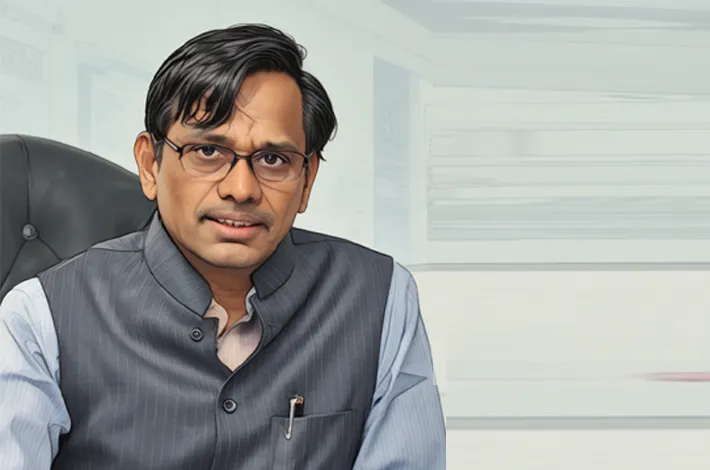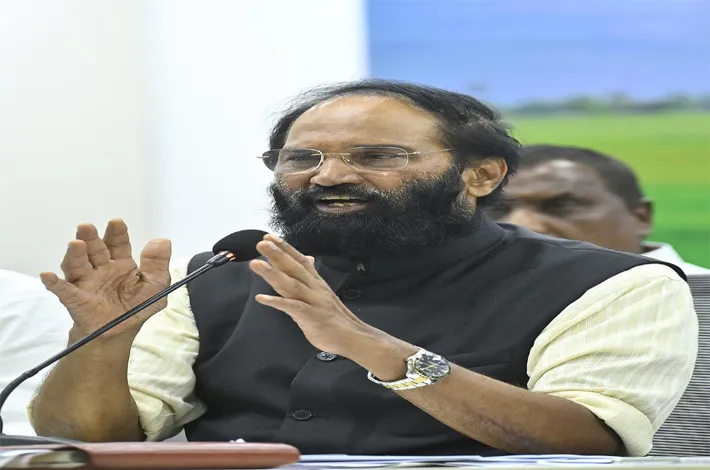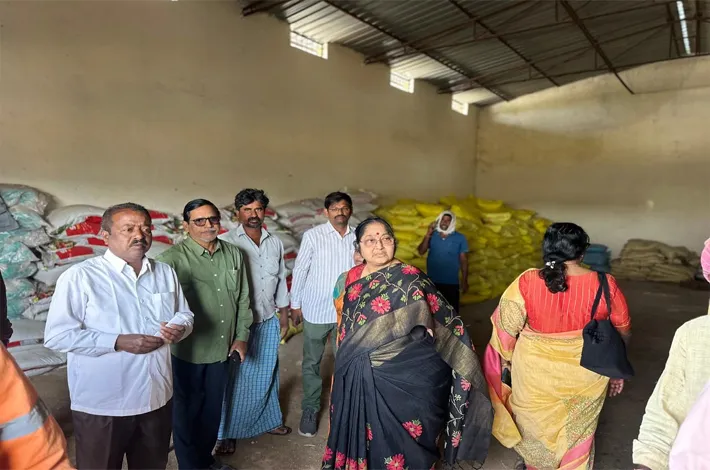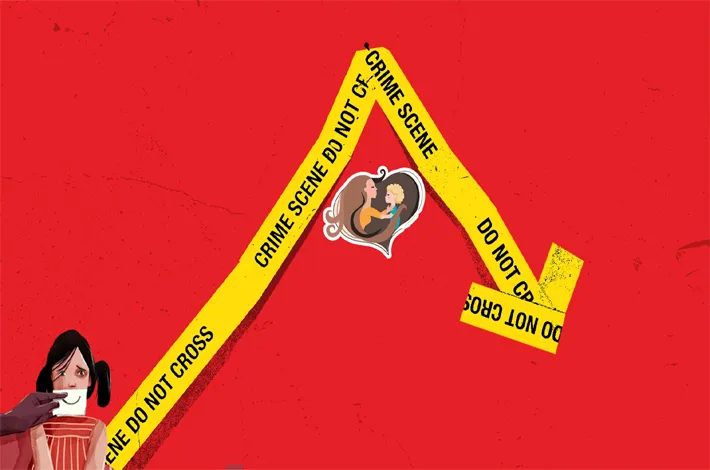This is the most unkindest of all, Milord!
24-03-2025 12:00:00 AM
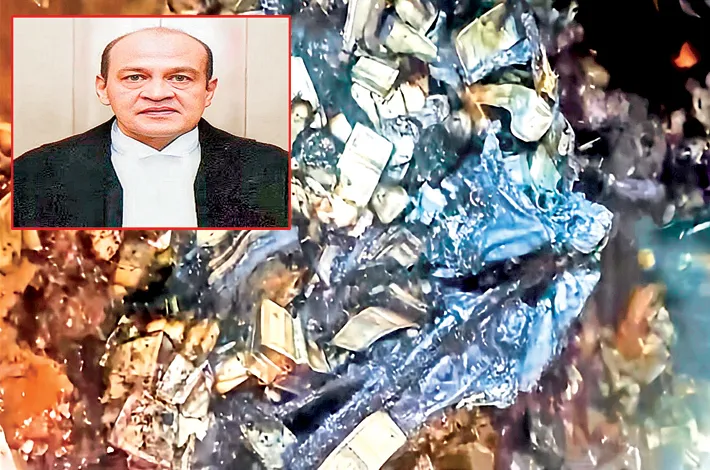
* The video has been uploaded to the Supreme Court’s website late Saturday night
* The Supreme Court’s release of the video and documents marks a rare instance of the judiciary publicly addressing allegations against one of its own
CJI Khanna has also sought additional evidence to aid the investigation
* Call detail records and internet protocol detail records (IPDR) for the past six months
* Details of security staff deployed at his residence during that period
* Supreme Court Collegium proposed Justice Varma’s transfer to the Allahabad High Court, his parent court
metro india news I hyderabad
In an unprecedented move reflecting a commitment to transparency within the Indian judiciary, Chief Justice of India (CJI) Sanjiv Khanna has ordered the public release of a video and related documents concerning the discovery of burnt cash at the official residence of Delhi High Court Judge Justice Yashwant Varma.
The video, uploaded to the Supreme Court’s website late Saturday night, March 22, 2025, shows fire-fighters retrieving partially burnt stacks of Indian currency from a storeroom at Justice Varma’s government-allotted bungalow in Lutyens’ Delhi. This development follows a fire incident on March 14, 2025, which has since sparked a major controversy and prompted a high-level judicial inquiry.
The Supreme Court’s release of the video and documents marks a rare instance of the judiciary publicly addressing allegations against one of its own. Sources indicate that CJI Khanna consulted with Supreme Court Collegium members—Justices B.R. Gavai, Surya Kant, A.S. Oka, and Vikram Nath—before opting for transparency to counter misinformation and uphold public trust in the judicial system. The move has been widely praised on social media, with users lauding CJI Khanna for bringing “unprecedented accountability” to the judiciary.
The video, originally shared by Delhi Police Commissioner Sanjay Arora with Delhi High Court Chief Justice Devendra Kumar Upadhyaya, captures the aftermath of a blaze that broke out around 11:30 PM on the night of Holi. The footage reveals fire-fighters sifting through debris, pulling out plastic bags containing wads of semi-burnt ₹500 notes from a storeroom adjacent to the staff quarters of Justice Varma’s residence.
Alongside the video, the Supreme Court released a 25-page inquiry report compiled by Justice Upadhyaya, photographs of the charred currency, and a written response from Justice Varma denying any connection to the money.
CJI Khanna’s decision to make these materials public came hours after he constituted a three-member committee to investigate the allegations against Justice Varma. The panel, comprising Justice Sheel Nagu (Chief Justice of the Punjab & Haryana High Court), Justice G.S. Sandhawalia (Chief Justice of the Himachal Pradesh High Court), and Justice Anu Sivaraman (Judge of the Karnataka High Court), has been tasked with conducting an in-house inquiry into the incident. Additionally, CJI Khanna has directed that Justice Varma be temporarily relieved of judicial duties, with Delhi High Court Chief Justice Upadhyaya instructed not to assign him any cases until the probe concludes.
The controversy erupted when fire-fighters responding to the blaze at Justice Varma’s residence stumbled upon what appeared to be a significant amount of unaccounted cash. According to the inquiry report, the fire was reported by Justice Varma’s daughter and private secretary, as the judge and his wife were in Bhopal at the time. The blaze was extinguished within minutes, but the subsequent discovery of burnt currency notes raised immediate questions about their origin and purpose. The Delhi Police Commissioner informed Justice Upadhyaya of the findings on March 15, prompting the latter to initiate a preliminary probe at the behest of CJI Khanna.
In his written response, Justice Varma vehemently denied any knowledge of the cash, calling the allegations a “conspiracy to frame and malign” him. He asserted that the storeroom where the money was found was an open space accessible to staff, gardeners, and even Central Public Works Department (CPWD) employees, and that neither he nor his family had ever stored currency there.
“I was totally shocked to see the contents of the video since that depicted something which was not found on site as I had seen it,” Justice Varma wrote, adding that no sacks of burnt currency were shown to his family or staff on the night of the incident. He further suggested that the accusations might be linked to prior baseless claims circulated on social media in December 2024.
However, Justice Upadhyaya, in his report to CJI Khanna, expressed skepticism about Justice Varma’s explanation. Noting the removal of debris and half-burnt articles from the storeroom on the morning of March 15, he questioned who had cleared the scene and why the alleged sacks of cash were neither recovered nor seized. “The matter calls for a deeper probe,” Justice Upadhyaya concluded, a view that evidently influenced CJI Khanna’s decision to escalate the investigation.
Adding to the complexity, the Supreme Court Collegium had, on March 20, proposed Justice Varma’s transfer to the Allahabad High Court—his parent court—following the initial reports of the cash discovery. The Supreme Court clarified on Friday that this transfer was “independent and separate” from the inquiry, but the timing has fuelled speculation about its implications.
The incident has sparked a broader debate about accountability within India’s judiciary. While Justice Varma maintains his innocence, the public disclosure of the video and the formation of the inquiry committee signal a firm stance against any perceived impropriety. As the three-member panel begins its work, all eyes will be on the outcome of this high-stakes investigation, which could set a precedent for how such cases are handled in the future.
For now, the video of burnt cash—now accessible to the public—stands as a stark symbol of the challenges facing India’s judicial system.





